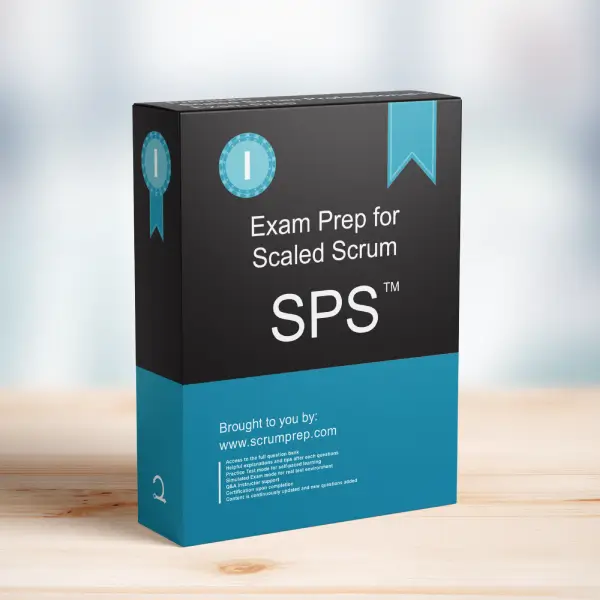Effective Strategies for Managing Dependencies in Nexus
Managing dependencies between multiple Scrum Teams in a Nexus is crucial to ensure smooth Sprint execution and achieving the Nexus Sprint Goal. Implementing the right strategies can significantly improve coordination and reduce bottlenecks.
Exam Question
Scenario C: Dependencies and Product Backlog Items
During the Nexus Sprint Planning, representatives from each of the 9-member Scrum Teams identify many dependencies. This makes it hard for them to choose the work they could pull into their individual teams for the next Sprint. No matter how they reorganize the Product Backlog items, they continually find more or new dependencies.
What should the Scrum Teams do to effectively deal with their dependencies?
(choose the best answer)
A. Increase the frequency of Cross-Team Refinement to reduce dependencies.
B. Merge the two Scrum Teams together that have the most dependencies with each other.
C. Institute quarterly meetings for planning out all dependencies between teams.
D. All of the above.
Correct Answer
A. Increase the frequency of Cross-Team Refinement to reduce dependencies.
Explanation
Correct Answer
A. Increase the frequency of Cross-Team Refinement to reduce dependencies:
Increasing the frequency of Cross-Team Refinement allows teams to identify and address dependencies more regularly. This proactive approach ensures that dependencies are managed continuously, reducing the likelihood of surprises during Sprint Planning and improving overall coordination among teams.
Why the Other Options Are Less Effective
B. Merge the two Scrum Teams together that have the most dependencies with each other:
Merging teams might seem like a solution but can lead to larger team sizes, which can be less effective and reduce overall agility. It might also disrupt team dynamics and roles, causing more issues than it resolves.
C. Institute quarterly meetings for planning out all dependencies between teams:
Quarterly meetings are too infrequent to effectively manage dependencies in an Agile environment where things change rapidly. Regular, ongoing refinement sessions are more effective in addressing dependencies as they arise.
D. All of the above:
While each option has its merits, the most effective approach in this scenario is to increase the frequency of Cross-Team Refinement. This continuous and regular interaction is essential for managing dependencies effectively in a Nexus.
Benefits of Increased Cross-Team Refinement
- Proactive Dependency Management: Regular refinement sessions help teams identify and address dependencies before they become bottlenecks.
- Improved Coordination: Frequent interaction between teams fosters better communication and coordination.
- Enhanced Collaboration: Continuous refinement encourages a collaborative approach to problem-solving and dependency management.
Relevance to the SPS Exam
Understanding how to manage dependencies in a Nexus is crucial for the SPS exam. It demonstrates the ability to apply scaled Scrum practices to ensure cohesive and efficient team collaboration in a multi-team environment.
Key Takeaways
- Increasing the frequency of Cross-Team Refinement helps in proactive dependency management.
- Effective collaboration between teams improves planning and reduces potential bottlenecks.
- Continuous refinement is essential for managing dependencies in a Nexus.
Conclusion
Ensuring frequent Cross-Team Refinement sessions helps manage dependencies effectively, leading to better coordination and successful Sprint outcomes. For more information on preparing for the SPS exam, visit our Scaled Professional Scrum SPS™ Exam Prep.



